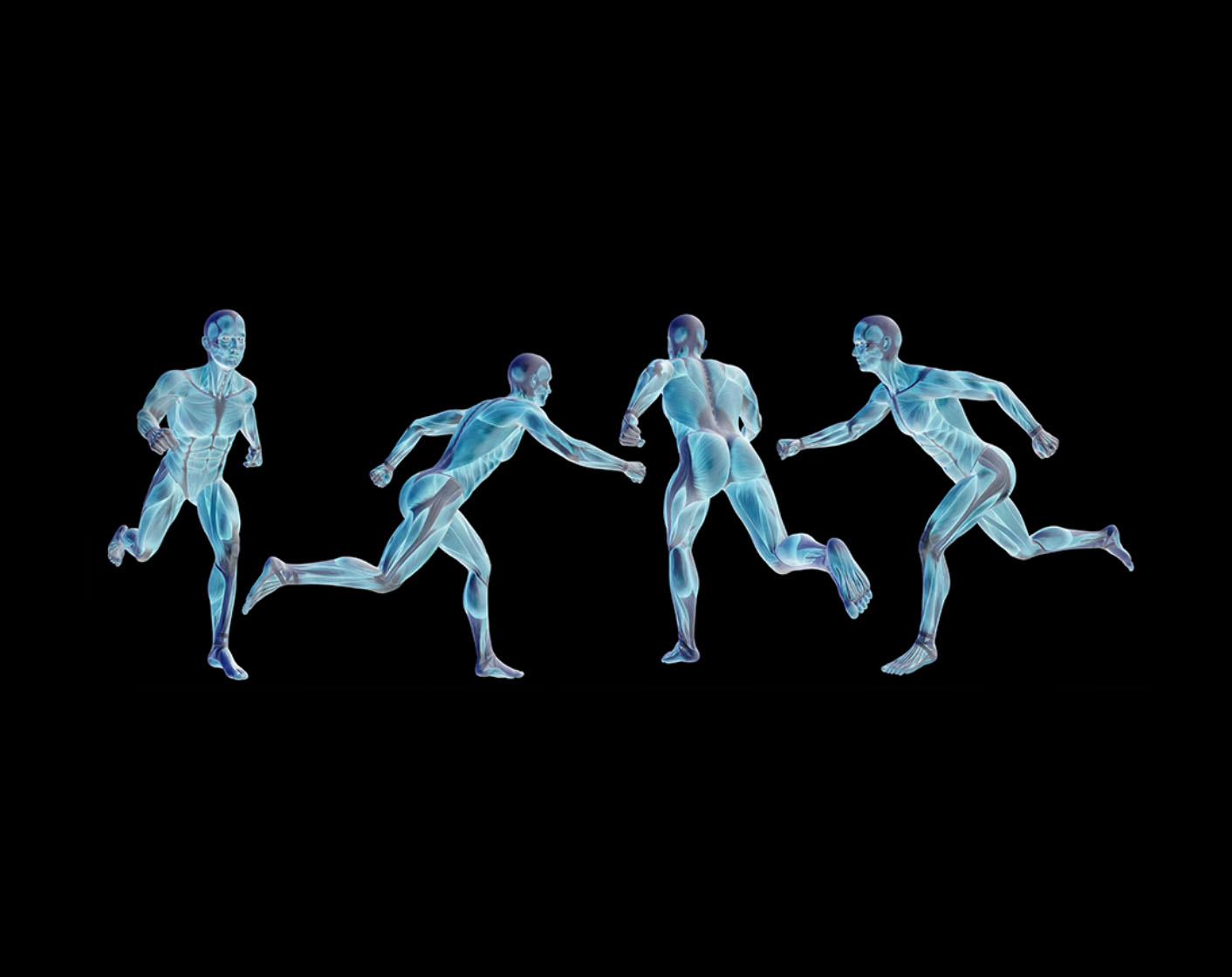
The Science Behind Athleticism
- Noah Soliman
We’ve all competed with that individual who runs with blistering pace or has a remarkable catching ability. Their talents are such levels ahead that it breeds the same question in everyone’s mind: how? Many of these athletes had success in their gene pool and are subsequently capitalising on their winnings. This is reflected by their muscle composition and coordination, producing consistent results on the field. In this episode, we will dive into the reasoning behind why some competitors hold athletic traits that others dispossess – tapping into topics such as genetics and physiology.
Speed & Explosiveness
Many sports introduced at youth level, such as soccer or track, involve the explosiveness required to jump for that header or take-off for that sprint. Recognisable from a young age, some athletes tend to grasp these games’ pace much quicker than others. Disregarding technical competence, a likely answer is that those people have a greater proportion of fast twitch muscles. Our skeletal muscles are composed of two fibre types: slow- (type-I) & fast-twitch (type-II). The largest of the two, fast-twitch fibres are better structured for explosive activities – such as powerlifting or sprinting. This is because they produce greater force, despite being anaerobic in nature. On the other hand, slow-twitch fibres are fatigue resistant, and are more adapted towards activities such as endurance running and swimming. This is because their composition is more suited to producing small energy quantities over longer periods. Most commonly a 50-50 split, explosive athletes’ proportions may tend towards the fast-twitch end, enabling them to produce the power required for accelerative activities. Studies have suggested that with consistent high-impact training, you can enhance the functioning of your fast-twitch fibres and improve your explosiveness. Other studies have even suggested a transformation in your fibre ratio with frequent training. This gives a fundamental understanding of the innate reasoning behind why some individuals are more explosive than others. Remember that these reasonings are foundational and are intensified by regular training and muscle-building activities.
Muscle Coordination
During sporting development, the term ‘coordination’ is mentioned a lot – but what does it actually mean? Having ‘good coordination’ is the ability to control multiple muscles simultaneously to produce a desired physical outcome. For example, sprinting and jumping to catch an American football requires coordinated movement between your legs, core, and arms. You must maintain balance as you leap, and have a strong sense of your body’s positioning relative to the ball (a term known as proprioception). Genetics do play a factor in an individual’s base ability, but unlike explosiveness, can be strongly enhanced at a young age. This is because frequent throwing and catching will enable children to develop the neural pathways for the mechanisms to be performed naturally. Along with muscular coordination, a commonly used term which is essential for most sporting success is ‘hand-eye coordination’. This is defined as the interaction between your hands, brain, and eyes to throw and catch a ball. At the elite level of sport, this coordination is most certainly executed without conscious thought, as the athletes are well-trained and innately suited for the activity. Being highly coordinated will enable you to have mental control over the game at hand; you can focus on performing with an agenda, usually one that involves winning!
Discipline in Performance
Athletes competing in sports such as American football, handball, and squash tend to have a strong blend of both these qualities. Yes, they had an advantageous foundation, but it was their commitment and discipline that enhanced their ability relative to their peers. Understanding these concepts is wise for understanding you as an athlete: “with a ratio favoured towards slow-twitch fibres and strong coordination, my impact as a soccer midfielder may be more rewarding”. Get to know yourself, and accommodate for your strengths to maximise your on-field performances.
Thanks for reading,
Noah Soliman, Principal @ PhysioFrog
For personalised exercises focused on enhancing athletic attributes, such as speed and jumping

Get to grips with the physiology and mechanisms behind our warm-ups, and learn how their applications can maximise your on-field performances. Along with the physical benefits of muscle preparation, get an insight into its psychological benefits to truly understand your mind and body!
Get to grips with the physiology and mechanisms behind our warm-ups, and learn how their applications can maximise your on-field performances. Along with the physical benefits of muscle preparation, get an insight into its psychological benefits to truly understand your mind and body!




